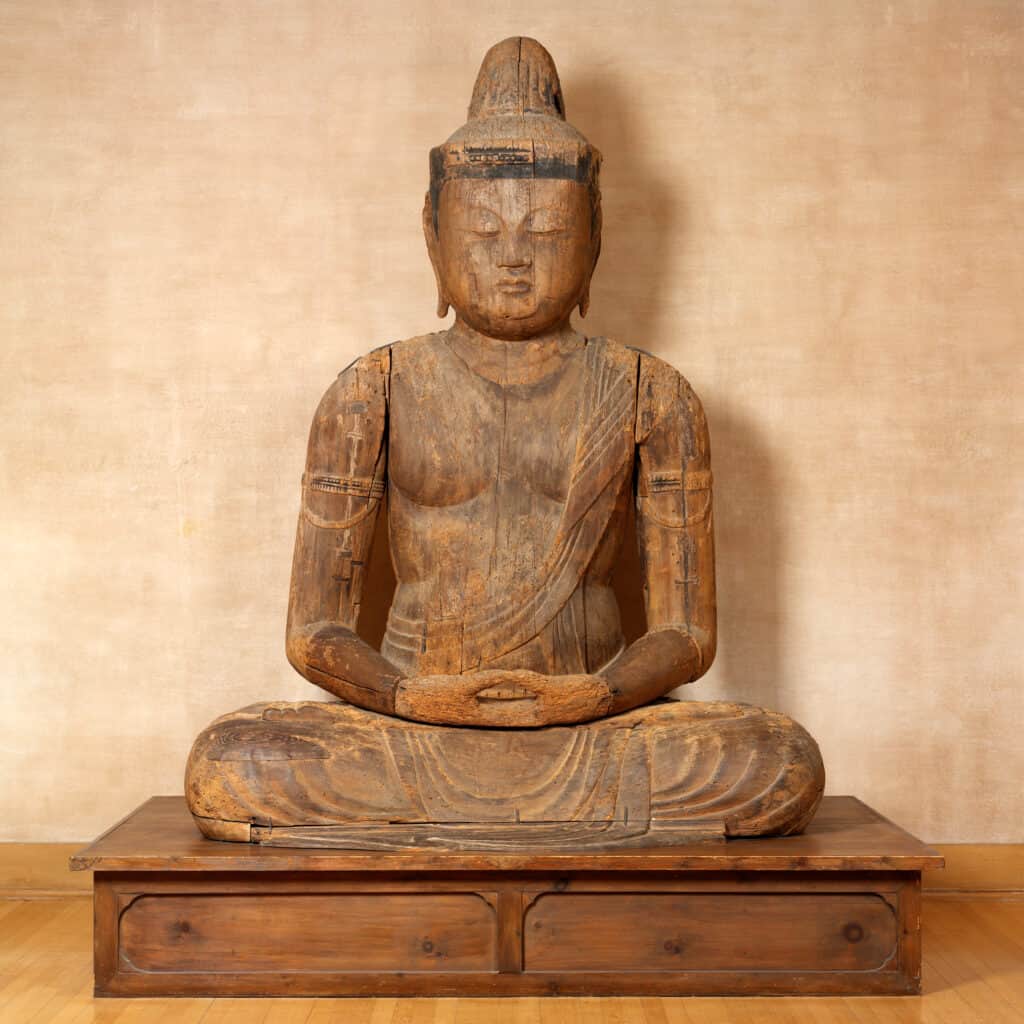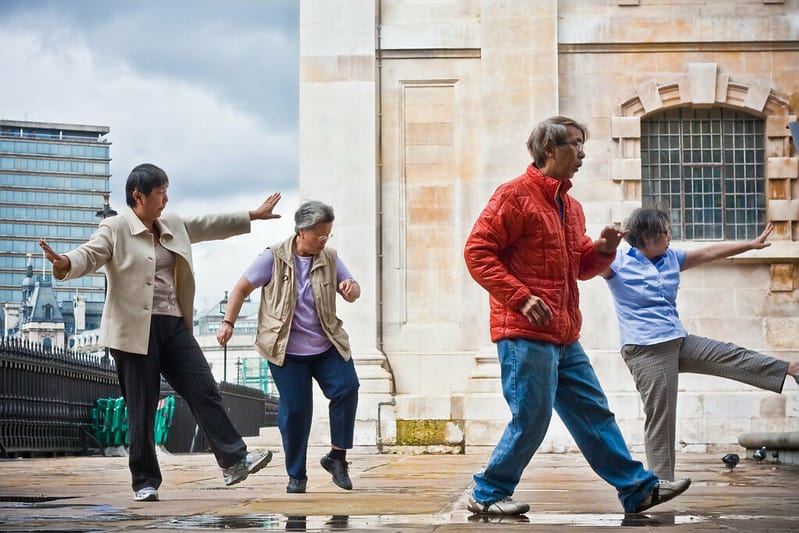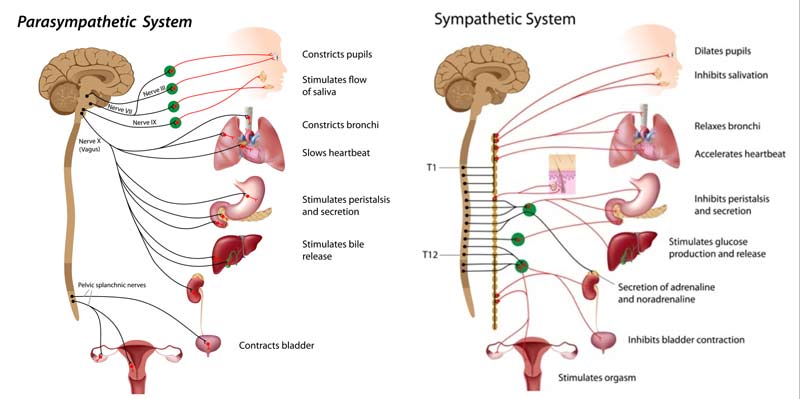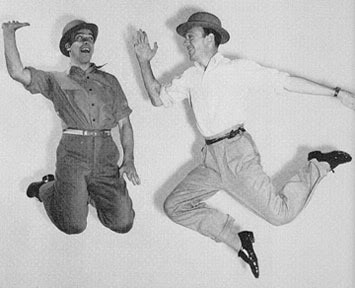Sitting posture. The most important thing is to have the sacrum free to respond to the breath. That’s true in every situation, and more so in meditation practice. One of my early Rolfing teachers used to say: “Don’t sit on your brain.” In one of the Taoist meditations, spine rocking–starting at the tailbone–is one of the basics for energy flow. As a starting point, the basic question of whether the sacrum is free, whether we can find tiny movement at the tailbone, is a principle that could serve as a guide for our individual differences when meeting the many options traditions offer. Better to sit in a chair if it allows the sacrum to breathe, than to sit in seemingly perfect lotus with the base of the spine locked. Opting for form alone, we could sacrifice the essential. On our knees, as in Zazen, will work for some; up on cushions until the space is made for the slight movement in the pelvic floor, for others. A sacrum free to respond to the breath is a good benchmark for standing practice also.
Sitting. What kind of stillness is present? Is it the mind that wants to move, undisciplined? or does stopping all the other activity reveal the movements that simply are; the body that inherently moves? We have to be so careful not to turn meditation into another project of the dominating ego. What is the body saying? Can we listen without assumptions?
(image courtesy of the RISD Museum, Providence, RI)







